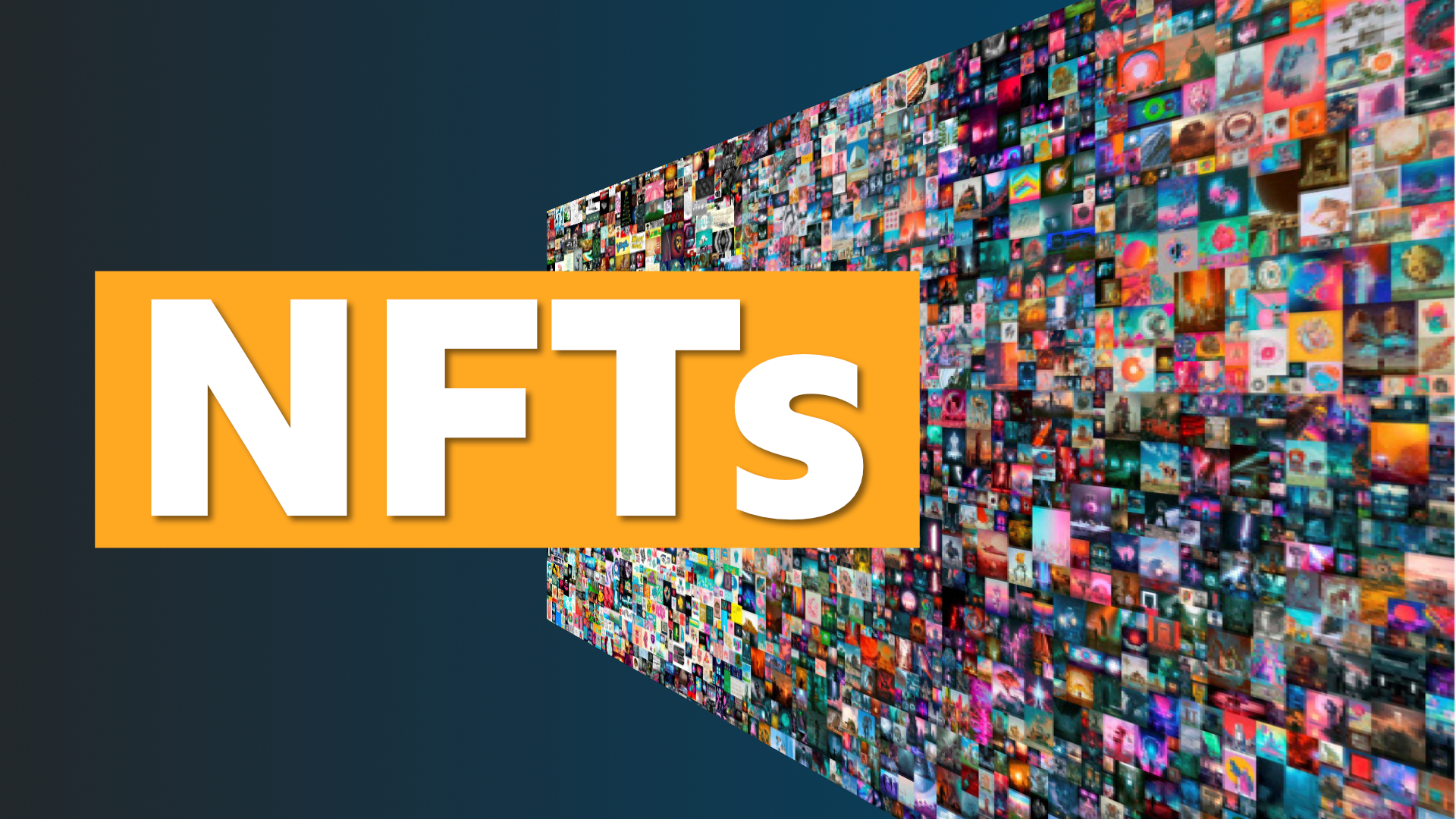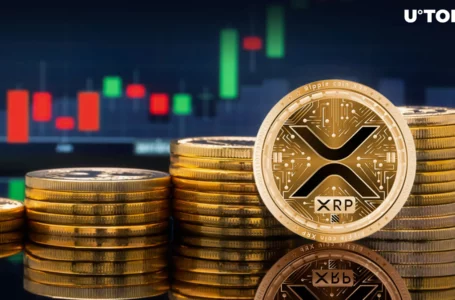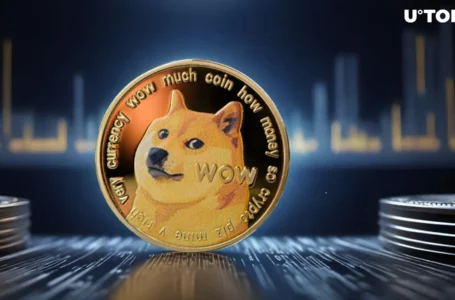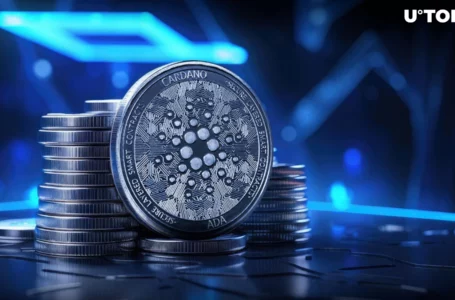
NFTs is an abbreviation for non-fungible tokens, a form of digital art that can be bought and sold. Some NFTs have sold for millions of dollars, which seems a baffling concept because NFTs are not a physical product. So why are NFTs so expensive, and are NFTs a good investment? We’ll find out more about NFTs in this guide to non-fungible-tokens.
NFTs are a relatively new introduction to the crypto market. But, in a surprisingly short period, NFTs have taken the crypto market by storm. And, yes, some NFTs have sold for millions, and momentum is growing to invest in NFTs to make a profit.
What Does Fungible Mean?
In finance, fungibility is the right to exchange a product or asset with other individual products or assets of the same kind. Fungible assets simplify the processes of exchange and trade, as fungibility implies equal value among assets (https://cleartax.in). So, switch that meaning to non-fungible, which means there are no mutually exchangeable goods for NFTs. Non-fungible-tokens are one of a kind, have no identical substitutes and are genuinely unique. You can exchange $5 for $5 and even 1 BTC for another 1 BTC because they are fungible assets. But you can’t trade one NFT for another because no two NFTs are the same, hence the term non-fungible.
How Do NFTs Work?
NFTs work similarly to other crypto tokens on a blockchain, but you cannot exchange directly with another NFT as you can with crypto tokens.
NFTs use the Ethereum network, but other blockchains are adopting NFTs primarily because of the apparent potential for profits. NFTs are pieces of software code stored via smart contracts. They all contain individual identifying information, which means they are easily verifiable and traceable.
Why Do NFTs Have Value?
Many people wonder why someone would pay so much money for something they can copy, watch, or download for free. Well, NFTs only have one owner. Artwork remains the intellectual property of the author. But, as with traditional art, the owner has the exclusive right to use the artwork in any way they choose.
NFTs are also used to develop characters, buildings, spaces etc., for virtual gaming. Traditionally, game developers were sole owners of in-game items. But with NFTs, users can legally resell their gaming assets if they wish. There’s a low risk of forgery because blockchain auditing mechanisms can quickly check the authenticity of an NFT, which means there’s less likelihood of buying a fake NFT. Not impossible, but it’s harder to replicate an original without discovery.
In trading, supply and demand determine prices, and NFTs are the same. Because of the scarcity of NFTs and the high demand from gamers, investors and collectors, supply is less than demand, equating to higher prices. NFTs have gained more visibility since 2017. Over the last year, investors generated a lot of hype about NFTs, and now the momentum is growing exponentially.
Why Are Some NFTs More Expensive Than Others?
As we mentioned earlier, NFT prices depend on supply and demand. The NFT owner may set a starting price, but many marketplaces allow tokens to go to auction, which means that as herd buying mentality increases, NFT prices can quickly ramp up. If demand increases, buyers become more competitive. Who knows if one of the NFTs could one day turn out to sell for millions, which keeps buyers hungry to buy the popular tokens.
A collectable token minted once is more likely to capture the most interest from buyers due to low supply. Some NFT tokens are minted for the same collectable card. So, they don’t have the rarity of a single minted token and, as a result, are unlikely to raise higher prices.
The most expensive NFTs tend to be one of a kind digital images. And, another important factor is author popularity. Beeple has over 2.5 million followers across social media channels. Unknown artists with no influence are less likely to raise higher prices for their digital art. But, much like obscure cryptocurrencies, that doesn’t mean that a random artist cannot raise their status to create a token with high demand.
How To Create, Buy And Sell NFTs
If you have digital art, it’s easy to create an NFT. First, you must choose a suitable blockchain, and Ethereum is the most typical marketplace for NFTs. The listing process is variable for each NFT marketplace, but for the Ethereum network, you require Ether because there is a fee to pay. After creating the token, you can choose a set price or put it up for auction. Before doing so, you require a digital wallet and establish your conditions for royalties or reselling.
NFTs prices are speculative, so the highest bid wins, and the buyer must also have access to a digital wallet to store NFTs and the preferred cryptocurrency to pay for the NFT. Exchanges may charge a transaction fee or request a percentage of the sale, which the buyer pays.
Where To Buy And Sell NFTs – NFT Marketplaces
You’ve created your NFT, and you’re ready to list, or you decide you want to buy NFTs, so where do you go? Make sure you thoroughly research an NFT sales platform before listing your digital art or spending your money on NFTs.
The following are the most established marketplaces for buying and selling NFTs.
- OpenSea – the world’s largest NFT marketplace with free listing
- Foundation – by invite only or if you have received enough upvotes from artists on the platform
- CryptoPunks -10,000 unique collectable characters stored on the Ethereum blockchain
- Sorare – global fantasy football, buy, play and trade digital football cards
- Axie Infinity – a cute pet, play to earn infinity game that rewards players



















